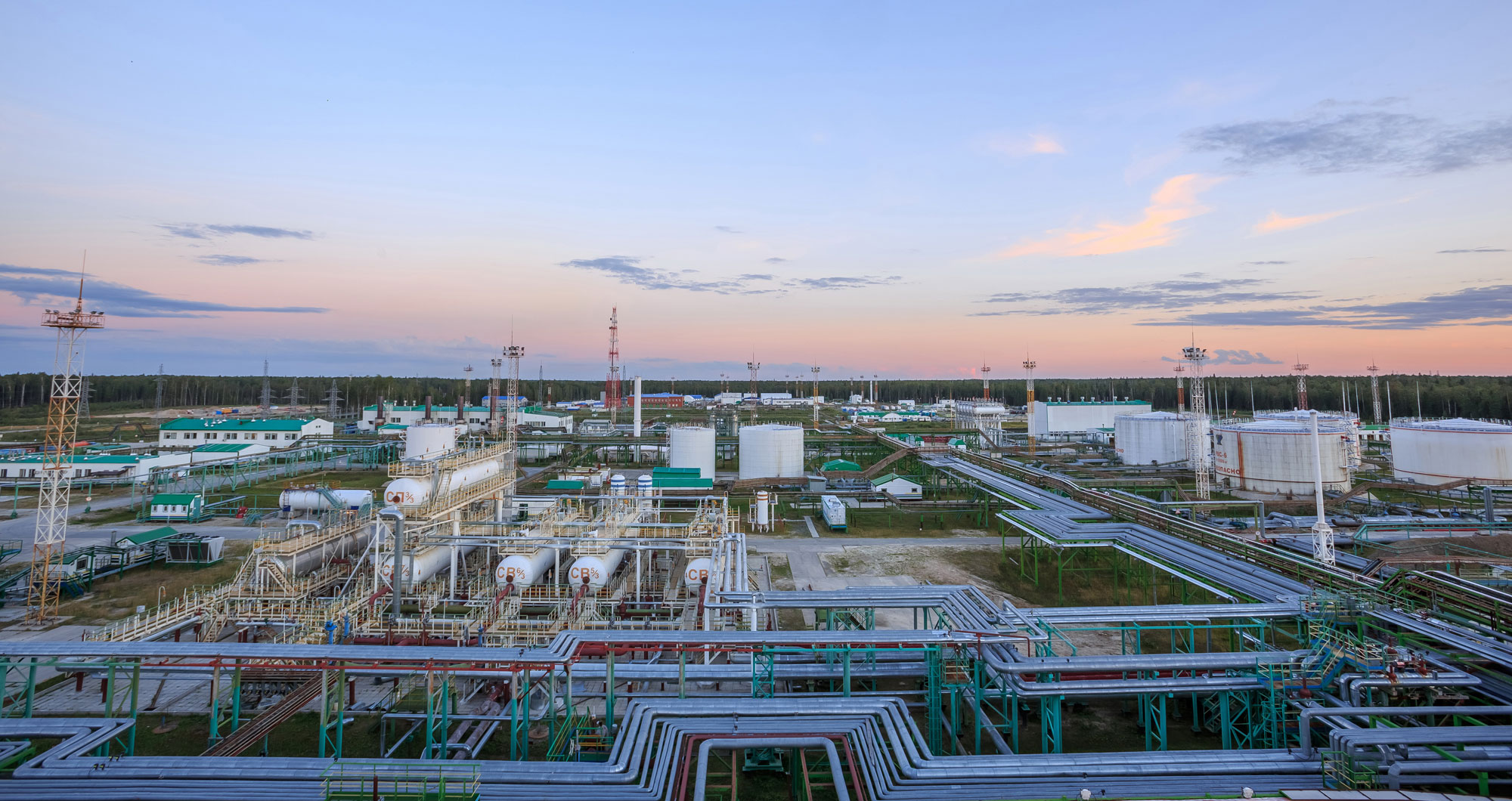Improving operational safety culture and performance with Salym Petroleum Development
How an onshore oil and gas operation achieved a stable safety performance amid a surge in operational activities



How an onshore oil and gas operation achieved a stable safety performance amid a surge in operational activities
Salym Petroleum Development N.V. (SPD) is a joint venture between Shell, and Russian oil company, Gazprom Neft. The company is engaged in the exploration and production of oil from Western Siberia through secondary and tertiary enhanced oil recovery and third-party supported gas utilization.
SPD had implemented several initiatives to improve operational safety. Great progress had been made in some areas. However, despite people’s best intentions many of the initiatives didn’t create the desired impact, with minimal change to safety culture and results. Company leaders were dissatisfied with an injury rate which was unacceptably high to them. A planned increase in well drilling and servicing, as well as extensive infrastructure construction, posed additional risks which SPD knew would impact its people and processes. The future aspirations of the business were being adversely affected by its personal and process safety performance. Shareholders had refused to support some proposed projects as confidence was low that SPD could conduct and execute these safely. SPD needed to see a return on its investment of time, money and effort in the form of improved safety performance and operational effectiveness.
In partnership with SPD, JMJ carried out an in-depth assessment of the operating structure and its unique business challenges through interviews across each business area. The conclusions helped SPD understand its operational and safety leadership culture and develop a roadmap achieve its goals. The approach included the entire team working in Salym group both field and office based. To start the shift to an aligned safety culture:
JMJ’s Incident and Injury Free™ (IIF™) safety approach transformed leadership’s relationship to the workforce. They now listened to and valued the views of employees and contractors. The workforce felt a new level of empowerment to speak up and make operational and safety improvement suggestions. SPD’s leaders, workforce and contractors found themselves in a place where personal commitment and an understanding of your value and contribution to the success of the company became commonplace. Safety became a value, as well as a priority at SPD. The workforce routinely intervened in unsafe situations with full support from the leadership team.
The impact on safety, efficiency and performance were significant. Notably, the most recent planned shutdowns completed on time, within budget and with zero injuries or incidents.